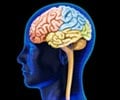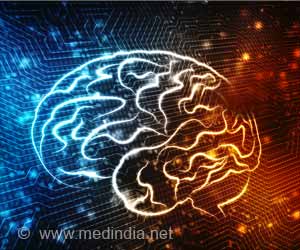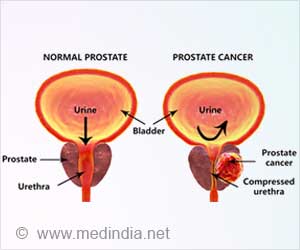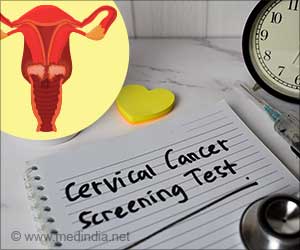- Modeling shows how toxic proteins course through the complex neuronal networks throughout the brain
- Toxic proteins accumulate in specific areas of the brain, producing symptoms of brain diseases
- Better understanding of these brain diseases can help develop new strategies for early diagnosis and treatment
Read More..
Importance of the Study
The importance of this modeling study lies in the fact that it is the first attempt to link the micro and macro level approaches. This encompasses the subtle interactions of the molecules (micro level) to the whole brain (macro level) through brain imaging. The study has the potential to open new vistas in the area of computer-based brain modeling. This could help increase our understanding of these diseases that currently affect over 50 million people worldwide.Johannes Weickenmeier, Professor of Mechanical Engineering at the Stevens Institute of Technology and lead author of the study, says: “This is a first attempt to bridge scales between the cellular level and the whole-organ level. The key is to couple biochemistry to the biomechanics of the brain to better understand the dynamics of these diseases.”
Study Details
Johannes Weickenmeier is known for pioneering a technique for the development of a ‘digital brain’ utilizing a 3D software to recreate the complex structure of the brain. He used over 400,000 pyramid-shaped virtual blocks to construct the highly convoluted structure, one block at a time.Data generated by diffusion tensor imaging, a technique that maps the direction of neuronal signal transmission in the brain, was overlaid on Weickenmeier’s digital model of the brain. This digital model could be used to visualize the anatomical structures of the brain, as well as detect the transmission pattern of the various neuronal signals traversing through them.
Weickenmeier and his team, including collaborators from Stanford University and Oxford University, utilized equations similar to those used for measuring the flow of heat across solid materials to model the spread of toxic proteins through the brain.
Study Findings
It is well established that various types of neurodegenerative diseases exhibit different biochemical features as well as different symptoms. However, the digital model could reconstruct the distinct atrophy patterns of Alzheimer’s disease, Parkinson’s disease and other neurodegenerative diseases, simply by altering the point of origin of the toxic proteins in the brain. Weickenmeier indicated that the atrophy patterns were inherently generated by the digital model.The study found that the toxic proteins travel to various regions of the brain, where they produce distinct symptoms that correspond with the type of neurodegenerative disease. The computer simulations indicated that the vast neuronal network throughout the brain was crucial for the flow of the toxic proteins from one point to another point in the brain. Therefore, the progression of neurodegenerative diseases depends exclusively on this extensive neuronal connectivity.
Future Directions
Digital brain modeling is still in its infancy. Currently, there is a dearth of imaging data on which the model’s predictions can be based for verifying its accuracy. However, with the availability of more imaging data in the future, this digital brain modeling approach could lead to the development of early diagnosis and treatment strategies for various neurodegenerative diseases, including multiple sclerosis, chronic traumatic encephalopathy, and others.Weickenmeier says: “These medically relevant diseases, such as Alzheimer’s disease and other neurodegenerative diseases are the motivation for our ‘in silico’ models.” He adds: “They allow us to strategically run different simulations to test individual hypotheses of disease progression and see which new approaches seem promising.”
Reference:
- Multiphysics of Prionlike Diseases: Progression and Atrophy - (https://journals.aps.org/prl/abstract/10.1103/PhysRevLett.121.158101)
Source-Medindia
















